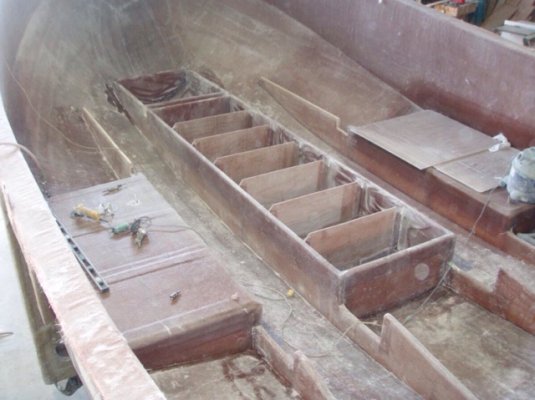woodscrew
Senior Member
I am getting ready to order new additional fresh water tanks for my Bristol 42. Current capacity is only 90 gallons. We plan to start cruising/living aboard full time this fall and that is not enough. (Being stingy with water, although not on rations we seem to use about 15 gallons a day). It looks like I can comfortably fit two additional tanks of about 85 gallons each for a grand total of 260 gallons. What is everybody else carrying? I could get another 50 gallons under the new (luxurious) queen bed I'm building as part of a major refit of the aft stateroom.We'll be spending a lot of time on the hook while cruising, with some long interludes at marinas in warmer climes this winter.



